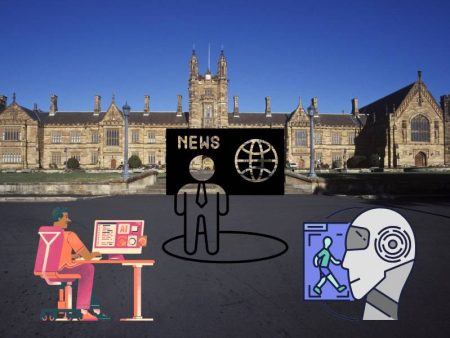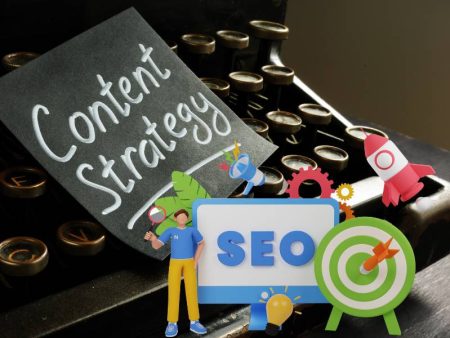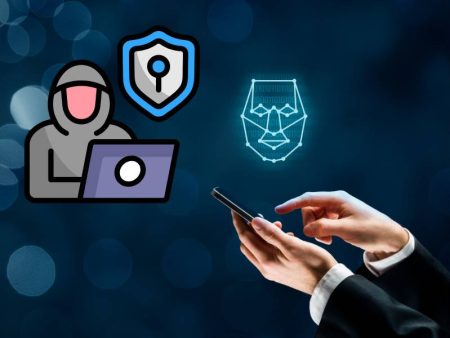“Is it basic brand-surface fluff, or something deeply resonant?” I asked my designer friend over coffee, spiraling into a real conversation: AI-generated logo, or human-crafted brand identity—who actually wins? Because, in 2025, we see tools everywhere that claim they can “create your brand in seconds.” But can they instill meaning, emotion, and nuance into something as personal as your brand?
We’re going to unpack this: AI tools that spark brand ideas, the craftsmanship that human designers bring, and when collaboration beats polar opposites.
When AI Suggests Brand Creativity
I recently experimented with AI Design—not for final logos, but for brand moodboard direction. I typed:
“Modern wellness coach brand. Soft pastels, organic shapes, sans-serif logo badge.”
Within seconds I got four moodboard options: color palettes, shape samples, typeface suggestions, and even sample social headers. Even icon directions were hinted. It felt like opening a drawer of fresh inspiration.
That lightning-fast ideation isn’t possible with a human alone—though we wouldn’t call it branding yet. It’s raw material from which branding can emerge.
A Word with Humans
My designer friend, Alex, didn’t roll her eyes at first—just nodded. Then she said:
“So you had brand colors in minutes. Cool. But does that palette tell your brand story, reflect your values, resonate emotionally? Not yet.”
We laughed—but she had a point: inspiration ≠ brand identity. Inspiration is idea-building. Identity is soul.
The Non-Linear Build of Brand
Branding isn’t linear:
- You choose values
- You draft moodboards
- You test resonance
- You refine tone, look, messaging
- You build collateral
- You express it across mediums
- You iterate again (because people change)
AI can sprint through moodboard suggestions fast. But human iteration and nuance? That takes time, empathy, feedback loops—people-driven development.
Dialogue in Brand Design
In real projects, design is conversation-based:
Client (you): “I want a brand that’s warm, inviting, but not juvenile.”
Human (designer): “Let me show you a palette with peach and steel—contrasting softness with stability.”
You: “That second mockup… love it. But could you soften the edges on the icon?”
Designer: tweaks accordingly
That back-and-forth builds trust, clarity, personality—not just pretty visual.
Where AI Trumps Time Constraints
That said, if you’re on a tight timeline, AI can be a life raft:
- Generate six logos
- Run them through preference test with five users
- Narrow to two
- Ask AI to suggest copy variations for headlines
- You proof and finalize
You cover design, testing, iteration—in a day. That’s impossible manually. For side-hustles, early-stage founders, or concept testing, AI steps in elegantly.
But—but—but—would those brand assets feel earnest? Would they feel your brand’s heart? Maybe not. Or maybe—maybe they can if guided thoughtfully.
Empathy & Emotional Nuance: Human Only
Brand isn’t only what things look like—it’s how people feel. True branding is forged in:
- Real conversations with real customers
- Understanding fears, hopes, pride
- Using narrative and metaphor. “Not just a cozy wellness service—it’s a safe harbor.”
An AI tool cannot feel that. It models text, colors, fonts. It doesn’t feel human experiences or shape brand messaging that resonates deeply.
That “x” Realization
So here’s an anchor in my own thoughts. I ran an AI-generated concept by my mom. I said:
“Mom, which one feels trustworthy?”
She paused. Chose the one with a small imperfect serif. “This one feels more human,” she said. That moment reminded me: people connect with imperfection. That emotional landscape matters more than crisp perfection.
The AI-Human Hybrid Workflow
My sweet spot? Collaborative branding:
- Prompt AI for moodboard/logo concepts
- Pick a few directions you like
- Hand them over to a human designer
- Iterate with empathy, real feedback
- Use AI again for copy versions or collateral templates
- Final polish—all through iterative empathy loops
This hybrid model—speed + soul—is where brand excellence lies.
A Real Example
I helped a nonprofit test a brand identity. We used AI to surface initial logo and palette ideas. Volunteers voted. We leaned into the most resonant combinations. Then a human designer refined:
- Letterforms that evoked inclusivity
- Typography that balanced optimism without candor
- Layouts that worked beautifully across social, print, banners
AI gave us drafts, humans shaped the outcome. The result resonated with emotional clarity and visual harmony—a micro journey of collaboration.
Pitfalls of Solely AI Branding
Warnings:
- Generic illusions: AI often reproduces patterns—flat pastel badges, default layout angles
- Cultural blindness: AI doesn’t know local cultural nuance; it defaults global
- No empathy layer: It can’t sense emotional biases (“they chose serious colors”)
- Visual echo chamber: AI is trained on existing brand data—it might mimic dynamics unconsciously
Use AI smartly—but account for those gaps.
When Humans Should Always Win
True branding quests lead to:
- Strategic alignment: Does the brand speak to why people care
- Story & messaging: Pitch, vision, mission, tone-of-voice
- Emotional resonance: personal anecdote, narrative arc
- Cultural and ethical responsibility
AI can assist—but can’t originate empathy or trust-building arc. That’s always human.
Dialogue Checkpoint
Me: “Can AI write a brand manifesto?”
You: “It can draft a manifesto—but will it feel authentic?”
Me: “It’s a start. I’d refine it with anecdotes, real stories, triggers.”
You: “Exactly—because brand story is about people telling stories.”
That dynamic needs conversation. AI can seed—but humans nurture.
The Final Showdown
Speed? AI wins.
Accuracy in landscape? AI patterns are useful—human checks for copy-market relevance.
Emotional depth? Humans win, every time.
Cultural nuance? Human wins.
Collaboration scale? AI can help scale—but humans connect on empathy.
So—is AI vs human or AI + human? The victor: collaboration. Not a massacre. Not a race. A renaissance of shared creativity.
TL;DR
- AI Design is great for moodboarding and ideas
- Humans provide deep empathy, brand story, emotional connection
- Best results come from hybrid workflows: AI drafts + human refinement
- Watch out for cultural genericness in AI output
- Human designers still anchor brand to people
Final Thought
In the brand ring, AI isn’t lying on the mat—it’s passing water bottles, lining up drafts, sparking ideas. But the heavy lifting—the emotional knockout punch—requires human heart, memory, and empathy. Use AI to sprint faster—but build brand meaning with human marathoners.
Tried AI branding? How did it land emotionally? Did someone say, “Yes, that feels like us”—or did it sound hollow? I’d love to hear your stories—and see how you’re pairing speed with soul.


